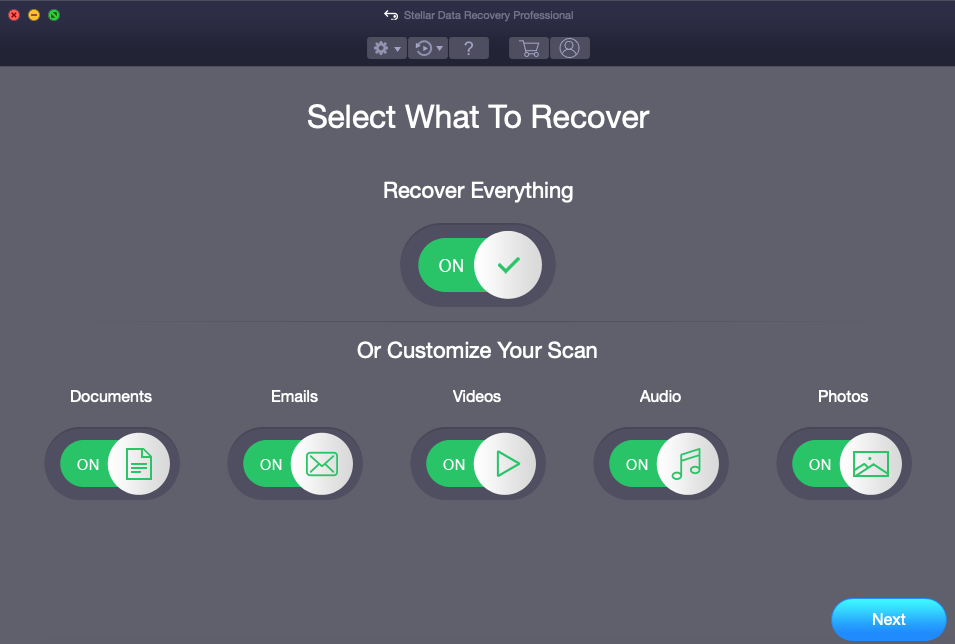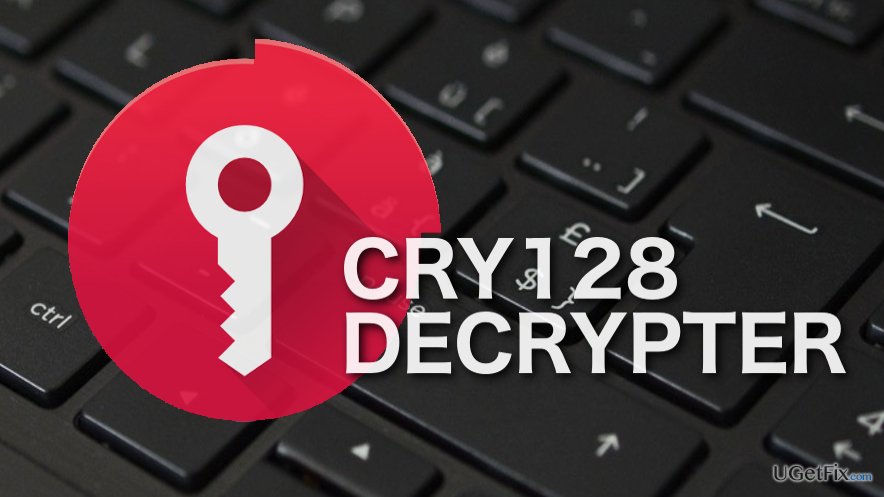How To Recover Encrypted Files
Maybe you have faced this problem some time. You just forget to decrypt the file first and instead directly copied the file in its encrypted form to another Windows computer. Now when you try to open it on the other computer, you get a message saying that Access is denied. If you get Access is denied message when opening encrypted files, you may need to first export the Encrypting File System (EFS) certificate and key. This occurs because either you do not have permission to view the file or the key that was used to encrypt the file is probably not on the other computer.
How To Unencrypt A File
If you right click its Properties > Security tab, and find that you do not have permission, you may have to contact your system administrator. But if the file is from another computer, you need to get the key from the computer where you encrypted the file. If the file was encrypted by someone else, that person will need to add the certificate to the file before you can access it.

Here is a step by step tutorial on how to do this:
If your computer is infected with ransomware WannaCry, don't cry or pay the ransom because you can recover ransomware encrypted files.
Get an encryption key from another computer
You need to first export the Encrypting File System (EFS) certificate and key on the computer where the files were encrypted, and then import them on the computer that you transferred the files to.
How To Decrypt Files Encrypted By A Virus
Export the EFS certificate and key
1. Go to Control Panel and search for Certificate Manager and open it.
2. In the left pane, double-click Personal, click Certificates, and then click the EFS certificate that you want to export.
3. Click the Action menu, point to All Tasks, and then click Export.
4. In the Certificate Export wizard, click Next.
5. Click Yes, export the private key, and then click Next.
6. Click Personal Information Exchange, and then click Next.
7. Type the password you want to use, confirm it, and then click Next.
8. The export process creates a file to store the certificate in. Type a name for the file and the location (include the whole path), or click Browse, navigate to a location, type a file name, and then click Save.
9. Click Next, and then click Finish.
Import the EFS certificate and key
1. Go to Control Panel and search for Certificate Manager and open it.
2. In the left pane, click Personal.
3. Click the Action menu, point to All Tasks, and click Import.
4. In the Certificate Import wizard, click Next.
5. Type the location of the file that contains the certificate, or click Browse, navigate to the file’s location, and then click Next.
6. Type the password, select the Mark this key as exportable check box, and then click Next. (Do not select the Enable strong private key protection check box.)
7. Click Place all certificates in the following store, choose Personal, and then click Next.
8. Click Finish.
Add a certificate to an encrypted file
To add your encryption certificate and key to a file, export your certificate and key by following the steps above and have the person that you received the file from, import the certificate and key and then add it to the file by following these steps.
1. Right-click the encrypted file, and then click Properties.
2. Click the General tab, and then click Advanced.
3. In the Advanced Attributes dialog box, click Details.
4. In the dialog box that appears, click Add.

5. Click the certificate, and then click OK in each of the four open dialog boxes.
Hope that helps!

Related Posts: